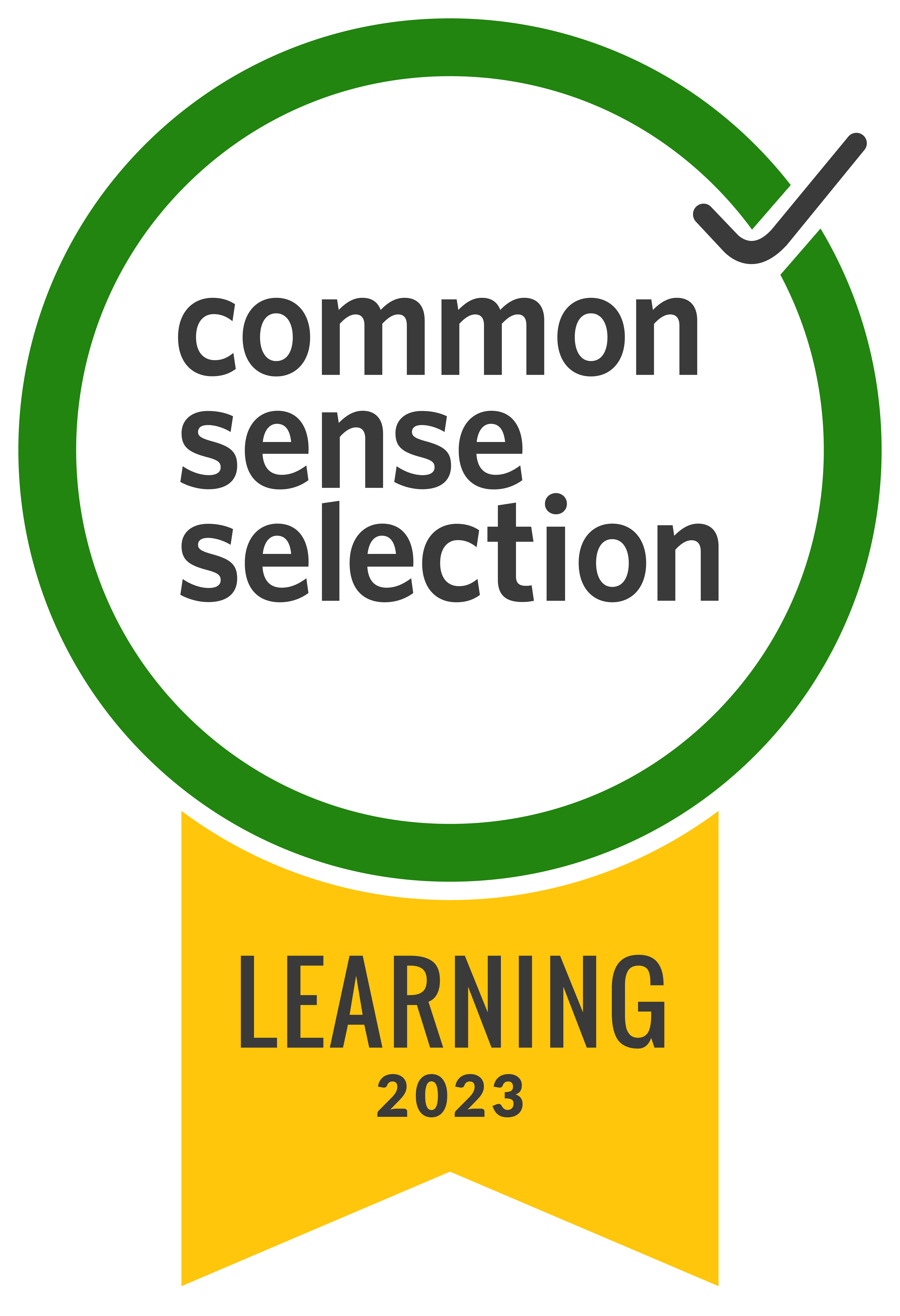You've finished creating a recording, and now you are ready to make your videos even more engaging with all of the tools in Screencastify!
There are tons of tools available in the editor, but one of the most versatile is the blur tool. You can use this tool to build suspense, create formative and summative assessments, and protect student and teacher privacy.
How to use the Blur Tool
Creating a video with Screencastify takes just three clicks: open the extension, click record, and click stop when you’re finished recording. Your video automatically saves to your Google Drive and opens in the Video Management Page–this is the hub for anything else you may want to do with your video, including editing!
To get to the editor once you record a video, simply click ‘Open in Editor’. Your video will open in Screencastify Edit in a new tab. Now we’re ready to blur!
Click your clip in the timeline at the bottom of the Edit window. Then, click blur. A purple box will pop up on your screen with draggable corners.
Adjust the size and placement of the box so that it covers whatever you hope to blur out. On the right side of the screen, you can also increase the intensity of the blur so that students really can’t see what’s back there. When you’re happy with the placement and intensity of the blur, click "done".
In the timeline below, you’ll see a purple marker that shows where the blur is in the video. You can stretch either side of the marker with your mouse to make the blur stay on screen for as many (or as few) seconds as you’d like.
Removing distractions with Blur
When you create instructional videos, it’s not only important to signal to students what the most important information is, but also, to weed out what’s not important.
None of us are perfect–sometimes we click record and there are things in our recordings that could pose a distraction and make it difficult for students to learn. Using the Screencastify blur tool, you don’t have to be perfect the first time around. You can completely remove any distracting elements–a formatting panel, external application, or irrelevant information–from your video after you finish recording.
Protecting privacy with Blur
Imagine you are sharing an example of a common misconception or mistake you have seen in your classroom. You could record a video of a student’s work and use the annotation tools to highlight your specific feedback on screen.
Then, share the video via Google Classroom, email, or paste the Watch Link in a newsletter. When it comes to sharing the video with the class, though, you probably don’t want all of your students to know whose work you are showing. You can blur out any information that identifies the original student before you share. Now, all of your students can benefit from specific, actionable feedback, but without sacrificing anyone’s privacy.
Student engagement with Blur
If you are removing distractions from your video or protecting students’ privacy, you will probably create a blur that lasts for a large part of your video, if not the whole thing. However, you can also use a strategically-timed blur to create a more engaging experience for students. For example:
- Create a self-paced math fact review by blurring out answers and later revealing them
- Blur a date or historical figure during social studies review
The blur tool makes it easy to create safe, dynamic, and engaging videos for students. Click here to share your video on Twitter via the Watch Page link to show us how you use it!

.svg)



